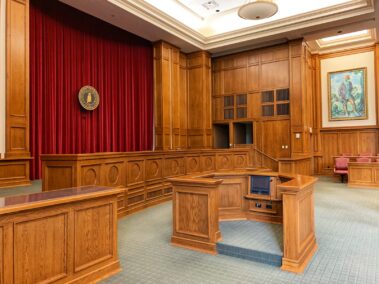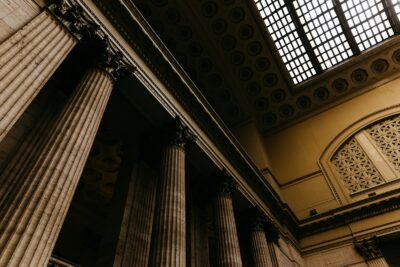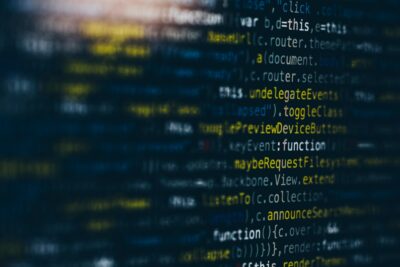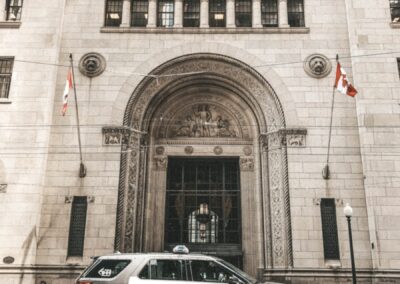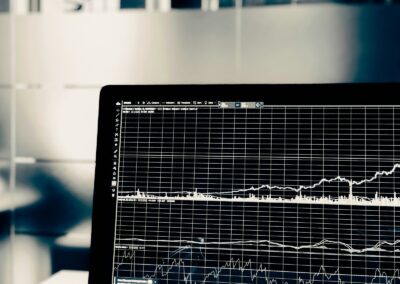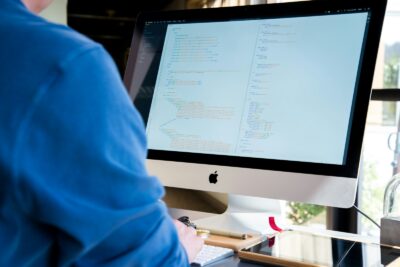Deciphering Fair Use: A Legal Perspective
Exploring the Dichotomy of Copyrighted Works
The nature of the copyrighted work is a crucial factor in determining the applicability of fair use, a concept deeply entrenched in copyright law. This legal principal hinges on the distinction between factual and creative works, with factual works generally enjoying broader fair use protections than their creative counterparts. Understanding this dichotomy is essential for navigating the complexities of copyright law and ensuring compliance with fair use guidelines.
Factual works, such as news reports, scientific data, and historical documents, are typically considered more conducive to fair use due to their informational nature. Courts tend to afford greater latitude for the use of factual works in educational, research, and transformative contexts, as these works contribute to the free flow of information and the advancement of knowledge. However, it’s essential to note that not all factual works are automatically exempt from copyright protection, and fair use determinations are subject to a case-by-case analysis based on factors such as the purpose and character of the use, the nature of the copyrighted work, the amount and substantiality of the portion used, and the effect of the use upon the potential market for or value of the copyrighted work.
On the other hand, creative works, including literary works, musical compositions, paintings, and films, are afforded stronger copyright protections due to their expressive and original nature. While fair use may still apply to creative works under certain circumstances, courts tend to scrutinize such uses more closely, particularly when the use potentially diminishes the commercial value of the original work or competes with the creator’s market. As such, individuals and organizations seeking to invoke fair use with regard to creative works must exercise caution and conduct a thorough legal analysis to assess the likelihood of a successful fair use defense.
Navigating Fair Use in the Digital Age
In an era characterized by widespread digital dissemination and consumption of copyrighted works, the analysis of the nature of the copyrighted work takes on added significance. With the advent of online platforms, social media, and user-generated content, the boundaries of fair use have become increasingly blurred, leading to contentious legal battles and evolving interpretations of copyright law. For businesses, content creators, and online platforms operating in Saudi Arabia and the UAE, understanding the nuances of fair use is essential for mitigating legal risks and safeguarding intellectual property rights.
The proliferation of user-generated content platforms and social media networks has democratized content creation and sharing, allowing individuals and businesses to disseminate information and express themselves on a global scale. However, this democratization has also given rise to copyright infringement concerns, as users may inadvertently or intentionally violate the rights of copyright holders. By conducting a comprehensive analysis of the nature of the copyrighted work and the applicability of fair use, content creators and platform operators can strike a balance between fostering creativity and respecting intellectual property rights in the digital ecosystem.
Furthermore, advancements in technology, such as artificial intelligence and machine learning algorithms, have introduced new challenges and opportunities in the realm of fair use. These technologies enable the automated creation and dissemination of content, raising questions about ownership, attribution, and fair use exemptions. As businesses and policymakers grapple with these issues, it becomes imperative to adapt copyright law to the realities of the digital age while upholding the principles of fair use and promoting innovation and creativity.
Conclusion: Balancing Rights and Responsibilities in Copyright Law
In conclusion, the analysis of the nature of copyrighted works is a fundamental aspect of fair use determinations, shaping the legal landscape for content creators, businesses, and consumers alike. By understanding the distinction between factual and creative works and the implications for fair use, individuals and organizations can navigate copyright law with confidence and integrity. In Saudi Arabia, the UAE, and beyond, adherence to fair use principles is essential for fostering innovation, promoting access to information, and upholding the rights of creators in the digital age.
As technology continues to evolve and reshape the way we create, consume, and share content, the legal framework surrounding fair use must remain adaptable and responsive to emerging challenges and opportunities. By striking a balance between rights and responsibilities, copyright law can continue to serve as a catalyst for creativity, innovation, and cultural exchange, enriching society and advancing the collective pursuit of knowledge and expression.
#CopyrightedWorkAnalysis #FairUse #IntellectualPropertyRights #DigitalContent #LegalAnalysis #CopyrightLaw #CreativeWorks #FactualWorks #DigitalInnovation #ContentCreation








